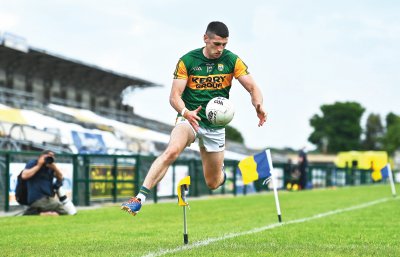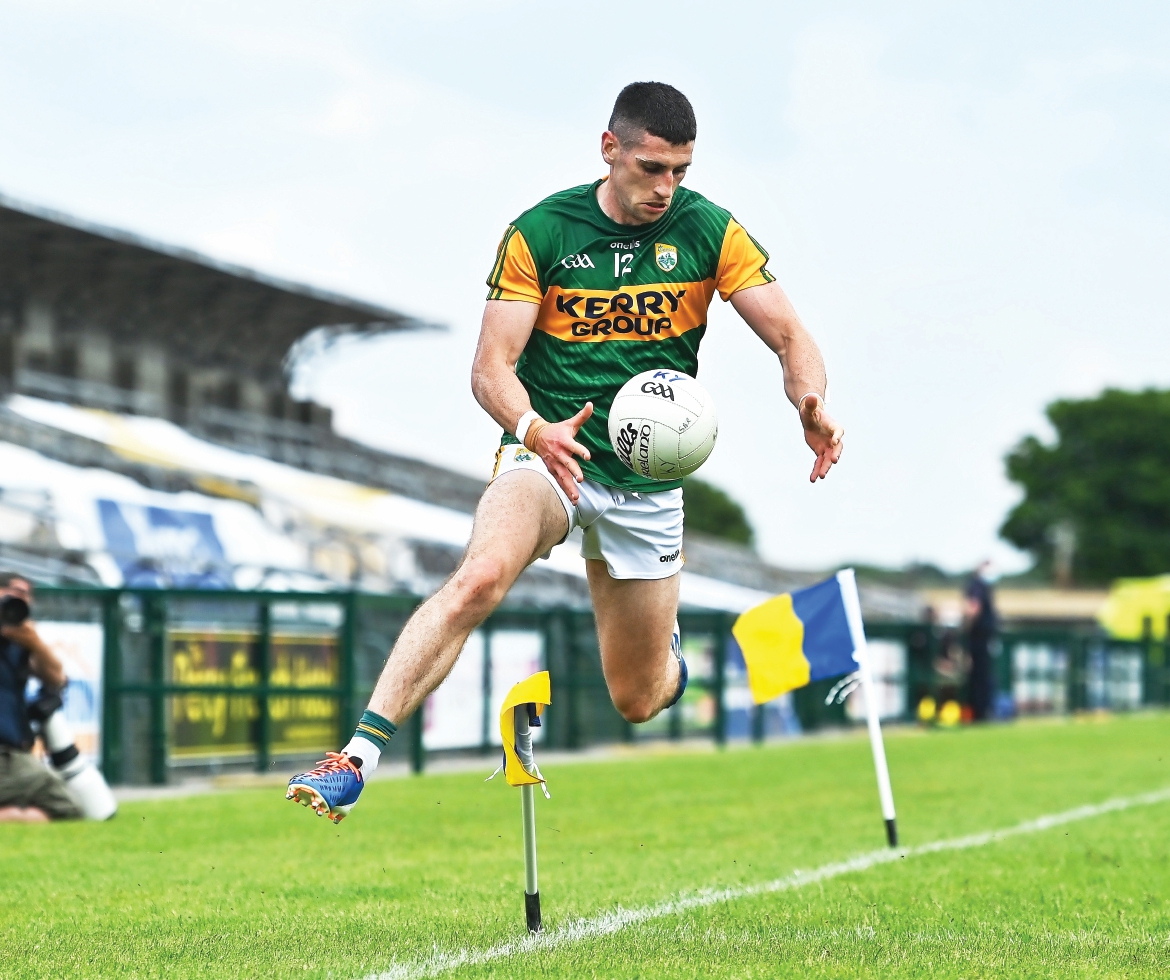- INTERESTING statistics emerged from a study produced on intercounty games a number of years ago on the amount of time the ball was actually in play.
- The ball was in play for an average of 37 minutes and 38 seconds per match during an analysis of every single championship game during that particular season. That’s just slightly over 50 percent of the actual match time the ball is in play.
- If we consider the same statistics for club games, we are looking at an average of approximately 30 minutes of the ball actually being in play because club games are only 60 minutes in length and not 70.
- When we also consider that the average activity bout of play a player will be involved in during a game will be approximately 19 to 20 seconds, it makes for interesting statistics to base our training around. What we mean by average activity bout is the amount of time a player will be actively involved in one particular phase of play
- Unfortunately, despite access to important information like the stats above, we will still continue to have players on the training field for 90 minutes to two hours at a time when there is no real need to. Personally I think it’s a matter of being brave, trusting yourself and believing you can still deliver a high quality training session without the huge volume or obsessing over what the other crowd are doing down the road.
- Recently I spoke to a number of high performance team players from other sports about the volume of their training sessions with their teams and the comments coming back were very similar. Particularly when games start, the volume of training is actually very low in general, sessions are still high intensity but the volume of work-to-rest ratio is a lot higher. To put it in simple terms, players will literally just tick over between games or maybe work on a specific style of play in conjunction with the opposition that lies ahead.
- For your session to be really beneficial without the large volume it must be extremely high in intensity with short recovery times and huge intense bouts of activity. As you get closer to games, you can retain the intensity but lengthen the recovery time.
- There is now simply no requirement in our games for long slow running, whether it is five miles or 400m runs, your heart rate will never be as high as a high intensity bout of football activity, and particularly in a 3v3 small-sided games environment where my own research in this area has shown heart rates to be at their optimum based on comparison to 7v7 and 15v15 games.
- It’s important to remember these points when planning your football session for this time of year. For most clubs it’s still essentially pre-season training until their counties exit the intercounty championship. For example, in Down the club season won’t start until Paddy Tally’s side are out and that is six or seven weeks away at the earliest.
- Any small-sided games should be increased in time, for example 60 seconds long compared to championship time when they should be lowered to approximately 20 seconds. In pre-season they should be completed in a larger area where players have to make longer runs and work aerobically compared to championship time where space is tighter with shorter, sharper runs to work on speed and agility and quickness.
- At different stages of the season the size of the grids and length of time spent in each game will vary depending on what element of conditioning you are looking for.
- I think back to the training we use to do in pre-season, all those hours spent lapping fields and pounding up hills and mountains in Kilbroney Park. I am not disagreeing that a one-off good mountain, hill or sand dune session will build team spirit, camaraderie and a physical and mental toughness, but players can only take so much and remember it’s not specific conditioning for the game of Gaelic football.
- Really though it’s up to you the coaches to get the thinking caps on this Covid-disrupted pre-season and build your session round the ball, lower the volume and make your sessions short, sharp and intense. Start conditioning our players to play our games not to become robotic race horses.

30 May 2021; Paul Geaney of Kerry jumps over a sideline flag to keep the ball in play during the Allianz Football League Division 1 South Round 3 match between Roscommon and Kerry at Dr Hyde Park in Roscommon. Photo by Brendan MoranSportsfile













